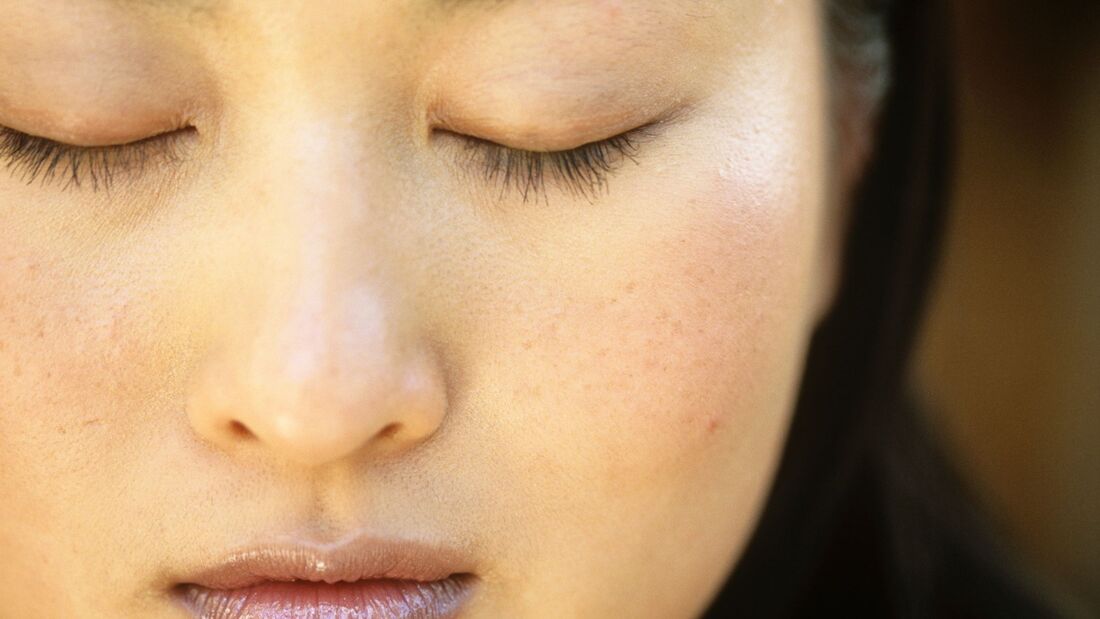|
Many of us go through the motions of daily life while never stopping to enjoy the moments that make up our day. Pausing to practice mindfulness for just a few minutes can help you have better days so that you can live your life to the fullest. Mindfulness is the basic human ability to be fully present, aware of where you are and what you’re doing, and not overly reactive or overwhelmed by what’s going on around you. While this sounds simple enough, we all have stressors and events throughout our day that distract us from being fully present. Think about how many times your mind wanders throughout the day. Or the number of times you feel like you’re on autopilot and not fully experiencing your life. Yet, no matter how far we stray from feeling centered, mindfulness exercises can help you learn how to be aware of what you’re sensing and feeling in the moment, without interpretation or judgment. And with practice, mindfulness will become a habit that will help you live a more fulfilling life. Mindfulness means paying attention… on purpose, in the present moment, and non-judgmentally to the unfolding of experience. - Jon Kabat Zinn, PH.D. How Can Mindfulness Exercises Improve Your Life? Mindfulness has many benefits to your emotional and physical health, as well as to your relationships. Among its many benefits, practicing mindfulness can:
And while there are many mindfulness exercises you can practice on a regular basis, learning how to be present in the moment is also a way of life. With practice, you can learn to live a more mindful life that allows you to become more conscious of everything you are doing. Mindfulness also involves acceptance, meaning that we pay attention to our thoughts and feelings without judging them—without believing, for instance, that there’s a “right” or “wrong” way to think or feel in a given moment. When we practice mindfulness, our thoughts are focused on what we’re sensing in the present moment rather than reiterating the past or imagining the future. Mindfulness ExercisesExplore these exercises for bringing more mindfulness into your life: Diaphragmatic Breathing Breathe is one of the most used tools in mindfulness practices. This specific exercise, diaphragmatic breathing, will help you to connect with your body. It will also engage the part of your nervous system that tells your body to relax and your mind to calm. Over time, this type of breathing will come naturally to you. During this practice, take notice of what you feel. Maybe your shoulders will soften, tension will be released in the neck and jaw, your heart rate will slow down. Maybe you will notice the sensation of the breath as air moves in warming on the inhale, cooling on the exhale. Don’t try to control what you feel, just observe. Practice Diaphragmatic Breathing:
Following your practice reflect on how it feels to focus on breath? How did this practice impact your state of mind? Observe with Your Eyes Closed In the previous exercise, mindfulness of breath was described. This was one way to observe – observing the breath. In this exercise, you will turn your awareness to other sensations while closing your eyes. Our eyes are an immense source of distraction . Whether you are looking at a screen or viewing people around you—our vision can be overwhelming. Therefore, by briefly removing those distractions you will become more aware and mindful of other sensations you may not have noticed otherwise. Practice observing with your eyes closed:
The key with this practice is to allow these sensations and thoughts to come and go. Following your practice reflect on how it feels to observe without seeing? How did this practice impact your sense of feeling present? Engage Mindfully in Daily ActivitiesDo you ever struggle to recall where you placed your keys? Or do you sometimes forget why you walked into a certain room? Or maybe can’t remember if you turned the lights off before you left the house? These are signs that you have a lot of things going on in your mind and you are not being mindful. Fortunately, you can improve at this and there are many opportunities to practice throughout the day. Practice engaging mindfully in daily activities: Every activity you do throughout the day is a chance to exercise mindfulness. You just have to perform the activity with a greater sense of awareness. This means focusing on the present moment, tuning into sensations, and being fully aware of what you are doing. Take making dinner, for example. Start by viewing this activity as a positive event rather than simply as a chore. Then, as you cook, focus on what you are doing as you are doing it—and nothing else. Feel the warm water as you wash your vegetables; notice how the vegetables look and feel as you are slicing and chopping them; observe the scents arising as you cook. You will become more aware of what you’re doing and will feel more connected to the food you are making. Throughout your day, look for opportunities to be more mindful. Whether you’re playing with your kids or taking a walk, try to be fully aware of what you’re doing and what’s happening around you. When your mind wanders, congratulate yourself for noticing and gently bring your attention back to the current moment. Following moments of intentional mindfulness reflect on how it feels to practice mindfulness during your daily activities? How did this practice impact your sense of being aware and in the moment? A More Mindful Life Consider how you can apply these mindfulness exercises throughout your day. The more you practice, the more connected and present you will be. How might being more mindful impact your life?
Talking to a counselor can also help you develop ways that will help you to be fully present and live your life to the fullest. If you would like to speak with a professional, please reach out to schedule an appointment.
7 Comments
|
AuthorAs a therapist, Jorie Miklos enjoys helping people reach a level of personal happiness and satisfaction that they didn’t think was possible. Archives
January 2023
Categories |
|
© COPYRIGHT 2020. ALL RIGHTS RESERVED.
|
MENU
|
MENTAL HEALTH CRISIS LINES
If you need immediate help, call 911 or one of the crisis numbers below:
Crisis Line: 312-563-0445 Suicide Hotline: 1-800-273-8255 |
CONTACT
Jorie Miklos, MA, LCPC
Autumn Leaf Counseling 5757 S. Madison St. Hinsdale, IL 60521 630-228-6011 [email protected] |
Website created by Ready Set Go Website Design





 RSS Feed
RSS Feed
